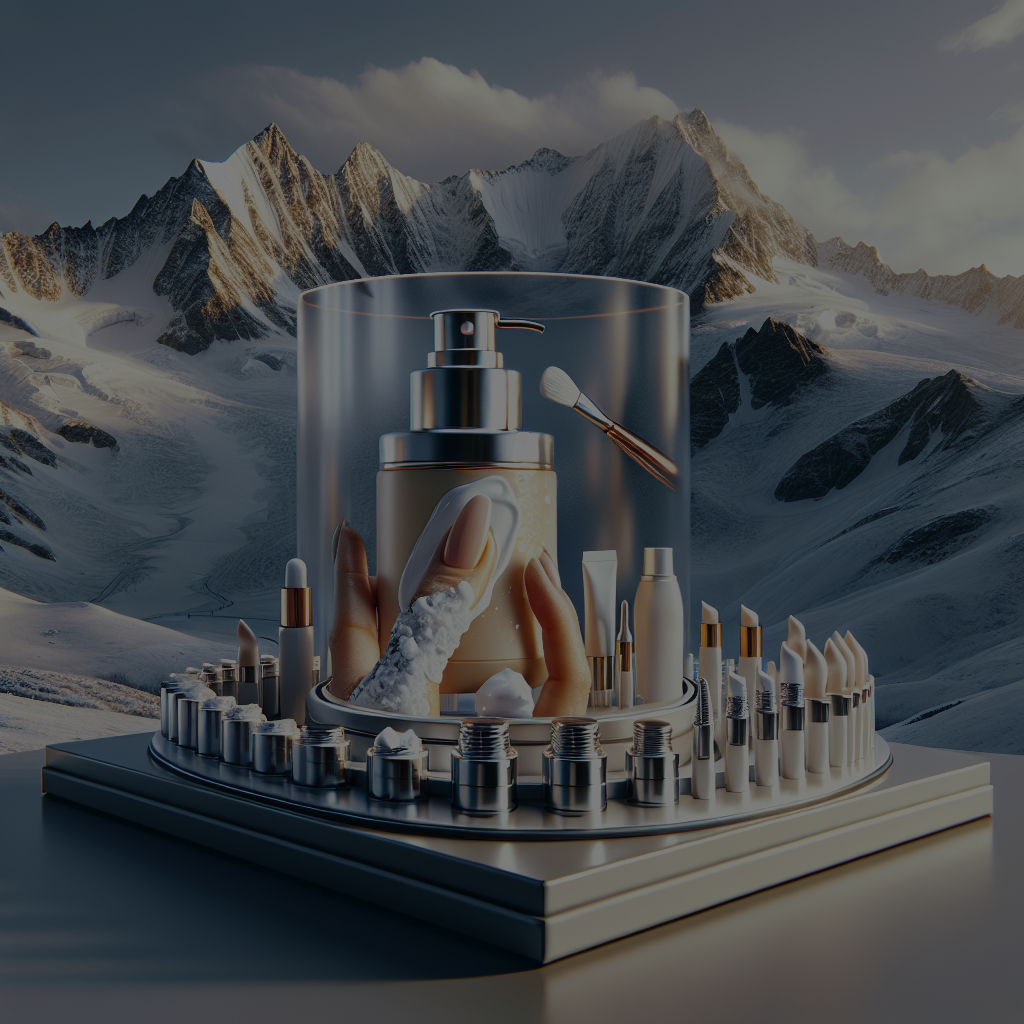
Adapting your skincare routine for changing altitudes is essential for maintaining healthy and radiant skin. The unique environmental conditions found at different altitudes can significantly impact your skin, necessitating adjustments to your skincare regimen. This article will explore the challenges posed by varying altitudes and provide practical tips for adapting your skincare routine to ensure your skin remains in optimal condition.
Understanding the Impact of Altitude on Skin
Altitude can have a profound effect on your skin due to changes in atmospheric pressure, temperature, humidity, and UV radiation levels. At higher altitudes, the air is thinner and contains less oxygen, which can lead to dehydration and increased sensitivity. Additionally, the reduced atmospheric pressure can cause the skin to lose moisture more rapidly, resulting in dryness and flakiness.
Dehydration and Dryness
One of the most common issues faced at higher altitudes is dehydration. The lower humidity levels and increased exposure to wind can strip the skin of its natural moisture, leading to dryness and irritation. To combat this, it is crucial to incorporate hydrating products into your skincare routine. Look for moisturizers that contain humectants like hyaluronic acid and glycerin, which help to attract and retain moisture in the skin.
Increased UV Exposure
Another significant concern at higher altitudes is the increased exposure to ultraviolet (UV) radiation. The thinner atmosphere provides less protection from the sun’s harmful rays, making it essential to use a broad-spectrum sunscreen with a high SPF. Reapply sunscreen every two hours, and consider wearing protective clothing and accessories, such as hats and sunglasses, to shield your skin from UV damage.
Adapting Your Skincare Routine for High Altitudes
When traveling to or living at high altitudes, it is important to adjust your skincare routine to address the unique challenges posed by the environment. Here are some key steps to consider:
Hydration is Key
As mentioned earlier, maintaining hydration is crucial at higher altitudes. In addition to using hydrating skincare products, make sure to drink plenty of water throughout the day to keep your skin and body hydrated. Consider using a humidifier in your living space to add moisture to the air, which can help prevent your skin from becoming overly dry.
Layering Skincare Products
Layering your skincare products can help to lock in moisture and provide additional protection against the harsh conditions at high altitudes. Start with a hydrating serum, followed by a rich moisturizer, and finish with a sunscreen during the day. At night, consider using a nourishing facial oil or overnight mask to provide extra hydration and repair while you sleep.
Protecting Your Skin Barrier
The skin barrier plays a crucial role in maintaining hydration and protecting against environmental aggressors. At high altitudes, it is important to use gentle, non-stripping cleansers and avoid over-exfoliating, as these can compromise the skin barrier. Look for products that contain ceramides, fatty acids, and other barrier-repairing ingredients to help strengthen and protect your skin.
Adapting Your Skincare Routine for Low Altitudes
While high altitudes present unique challenges, low altitudes come with their own set of skincare concerns. The higher humidity levels and increased pollution in lower-altitude environments can affect your skin differently. Here are some tips for adapting your skincare routine for low altitudes:
Managing Excess Oil and Congestion
In low-altitude environments with higher humidity, your skin may produce more oil, leading to congestion and breakouts. To manage this, incorporate lightweight, non-comedogenic products into your routine. Use a gentle exfoliant, such as salicylic acid, to help keep pores clear and prevent breakouts. Additionally, consider using a clay mask once a week to absorb excess oil and impurities.
Protecting Against Pollution
Pollution is a common concern in lower-altitude, urban environments. To protect your skin from the damaging effects of pollution, use antioxidant-rich products that help to neutralize free radicals and strengthen the skin’s defense mechanisms. Ingredients like vitamin C, niacinamide, and green tea extract can be particularly beneficial in combating pollution-induced skin damage.
Balancing Hydration
While high humidity can lead to excess oil production, it is still important to maintain proper hydration. Opt for lightweight, hydrating products that won’t clog pores, such as gel-based moisturizers and hydrating serums. Look for ingredients like hyaluronic acid and aloe vera, which provide hydration without adding excess oil to the skin.
Conclusion
Adapting your skincare routine for changing altitudes is essential for maintaining healthy, radiant skin. By understanding the unique challenges posed by different altitudes and making appropriate adjustments to your skincare regimen, you can ensure that your skin remains in optimal condition, no matter where you are. Whether you are dealing with the dryness and increased UV exposure of high altitudes or the excess oil and pollution of low altitudes, the key is to stay informed and proactive in your skincare approach.
